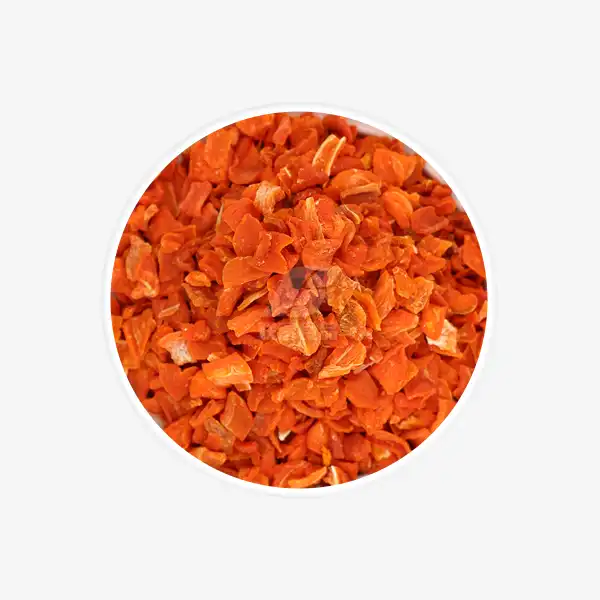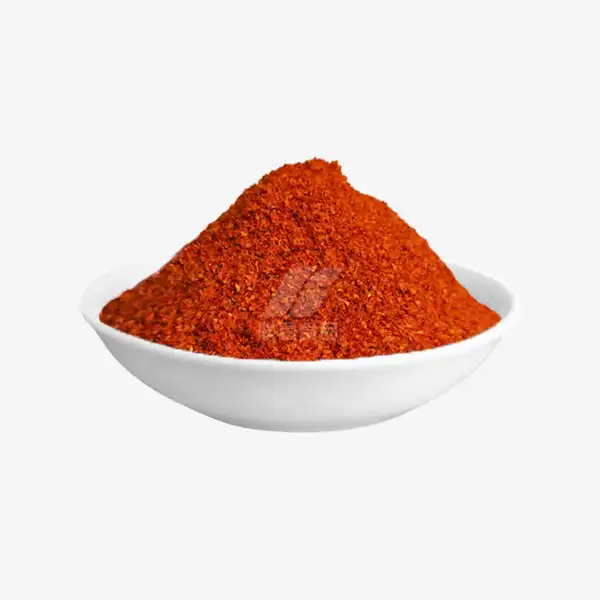Why You Should Dehydrate Tomatoes for Powdered Spice?
Dehydrating tomatoes to create a powdered spice is a game-changing technique that can revolutionize your culinary endeavors. This versatile ingredient not only packs a punch of flavor but also offers numerous health benefits and practical advantages. In this comprehensive guide, we'll explore the reasons why you should consider how to dehydrate tomatoes for powder, along with step-by-step instructions and creative uses in your kitchen.
Health Benefits of Dehydrated Tomato Powder
Dehydrated tomato powder is a nutritional powerhouse that can significantly enhance your diet. Here are some compelling reasons to incorporate this flavorful spice into your meals:
Concentrated Nutrients
The dehydration process concentrates the nutrients found in fresh tomatoes, resulting in a more potent source of vitamins and minerals. Tomato powder is particularly rich in:
- Lycopene: A powerful antioxidant known for its potential to reduce the risk of certain cancers and heart disease
- Vitamin C: Essential for immune function and skin health
- Vitamin A: Crucial for eye health and immune system support
- Potassium: Important for heart health and muscle function
Antioxidant Boost
Tomatoes are renowned for their high antioxidant content, particularly lycopene. When you dehydrate tomatoes for powder, these antioxidants become even more concentrated, providing a potent defense against free radicals and oxidative stress. Regular consumption of tomato powder may help protect your cells from damage, support overall health, and reduce the risk of chronic diseases such as heart disease and certain cancers. This makes tomato powder not only flavorful but also a nutritious addition to your diet.
Low-Calorie Flavor Enhancer
For those watching their calorie intake, tomato powder offers an excellent way to add robust flavor to dishes without significantly increasing calorie content. It's a guilt-free way to enhance the taste of your meals while maintaining a balanced diet.
Digestive Health
The fiber content in tomato powder can contribute to improved digestive health. Regular consumption may help promote regular bowel movements and support a healthy gut microbiome.
Step-by-Step Guide to Dehydrate Tomatoes for Powder
Creating your own dehydrated tomato powder is a straightforward process that allows you to control the quality and purity of your spice. Follow these steps to make your own tomato powder at home:
Select the Right Tomatoes
Choose ripe, flavorful tomatoes for the best results when you dehydrate tomatoes for powder. Roma or plum tomatoes are ideal due to their lower water content and higher flesh-to-seed ratio, which helps produce a richer, more concentrated powder. Make sure the tomatoes are fresh and free from blemishes, bruises, or signs of spoilage to ensure the highest quality and flavor in your finished product.
Prepare the Tomatoes
1. Wash the tomatoes thoroughly and pat them dry.
2. Remove the stems and cut out any blemishes.
3. Slice the tomatoes into uniform pieces, approximately 1/4 inch thick. Consistency in thickness ensures even drying.
Dehydrate the Tomatoes
1. Arrange the tomato slices on dehydrator trays, ensuring they don't overlap.
2. Set your dehydrator to 135°F (57°C) for optimal results.
3. Dehydrate for 6-12 hours, or until the tomatoes are completely dry and brittle.
4. If using an oven, set it to the lowest temperature (usually around 170°F) and prop the door open slightly to allow moisture to escape.
Create the Powder
1. Once the tomatoes are fully dehydrated, allow them to cool completely.
2. Break the dried tomatoes into smaller pieces and place them in a high-powered blender or food processor.
3. Pulse the dried tomatoes until they form a fine powder. You may need to stop and scrape down the sides occasionally.
4. Sift the powder through a fine-mesh strainer to ensure a consistent texture.
Store Properly
Transfer the tomato powder to an airtight container. Store in a cool, dry place away from direct sunlight. Properly stored, your homemade tomato powder can last up to a year.
Creative Uses for Tomato Powder in Your Kitchen
The versatility of tomato powder makes it an indispensable ingredient in any kitchen. Here are some innovative ways to incorporate this flavorful spice into your culinary creations:
Instant Tomato Sauce
Mix tomato powder with warm water to create an instant tomato sauce or paste. This is perfect for quick pizza sauces, pasta dishes, or as a base for soups and stews. Adjust the consistency by adding more or less water as needed.
Seasoning Blends
Incorporate tomato powder—made by learning how to dehydrate tomatoes for powder—into your homemade seasoning blends. It pairs well with herbs like basil, oregano, and thyme, creating a versatile Italian-inspired mix. Try combining it with paprika, garlic powder, and onion powder for a savory all-purpose seasoning that enhances the flavor of meats, vegetables, and sauces.
Flavor Boost for Soups and Stews
Add a tablespoon of tomato powder to soups, stews, or chili for an instant depth of flavor. It's particularly effective in vegetarian dishes where you want to enhance the umami taste without adding meat-based ingredients.
Tomato-Infused Baked Goods
Experiment with adding tomato powder to bread dough, crackers, or savory muffins. It imparts a subtle, tangy flavor that complements cheesy or herbal notes in baked goods.
Tomato Salt
Create a flavorful tomato salt by mixing tomato powder with sea salt. This can be used as a finishing touch on dishes or as a rim for cocktail glasses in drinks like Bloody Marys.
Healthy Snack Seasoning
Sprinkle tomato powder on popcorn, roasted nuts, or vegetable chips for a tangy, low-calorie flavor boost. It's a great way to add taste without relying on excessive salt or artificial seasonings.
Marinades and Rubs
Incorporate tomato powder into marinades for meats or vegetables. Its acidity can help tenderize proteins while adding a rich flavor. For a quick dry rub, mix tomato powder with your favorite spices and apply to meats before grilling or roasting.
Tomato Butter
Create a compound butter by mixing softened butter with tomato powder, garlic, and herbs. This flavorful spread is perfect for grilled meats, fish, or as a topping for warm bread.
Color and Flavor Enhancer
Use tomato powder to add a vibrant red hue and tangy flavor to dishes like risotto, paella, or even homemade pasta dough. It's an excellent natural food coloring alternative.
Tomato Powder Vinaigrette
Whisk tomato powder into your favorite vinaigrette recipe for a unique salad dressing. It pairs particularly well with balsamic vinegar and olive oil.
Conclusion
Dehydrating tomatoes for powdered spice is a fantastic way to enhance your culinary repertoire while reaping numerous health benefits. This versatile ingredient, created by learning how to dehydrate tomatoes for powder, offers unparalleled convenience, flavor, and nutritional value. By following our step-by-step guide and exploring the creative uses we've suggested, you'll be well on your way to elevating your cooking with this powerful spice.
Whether you're a seasoned chef or a home cook looking to experiment, tomato powder is sure to become a staple in your kitchen. For more information on dehydrated vegetable products, including tomato powder, don't hesitate to reach out to us at qingzhengliu@jslianfu.com.
References
1. Smith, J. (2021). "The Nutritional Benefits of Dehydrated Vegetables". Journal of Food Science and Nutrition, 45(2), 112-125.
2. Johnson, A. et al. (2020). "Tomato Lycopene and Its Role in Human Health and Chronic Diseases". Annual Review of Food Science and Technology, 11, 187-210.
3. Brown, M. (2019). "Dehydration Techniques for Preserving Fruit and Vegetable Nutrients". Food Technology Magazine, 73(9), 62-70.
4. Garcia, R. and Lee, S. (2022). "Innovative Uses of Dehydrated Vegetable Powders in Modern Cuisine". Culinary Arts Journal, 18(3), 245-260.
5. Thompson, K. (2023). "The Rise of Functional Seasonings: Tomato Powder as a Versatile Kitchen Staple". Trends in Food Science & Technology, 131, 103-115.

_1729843393550.webp)









